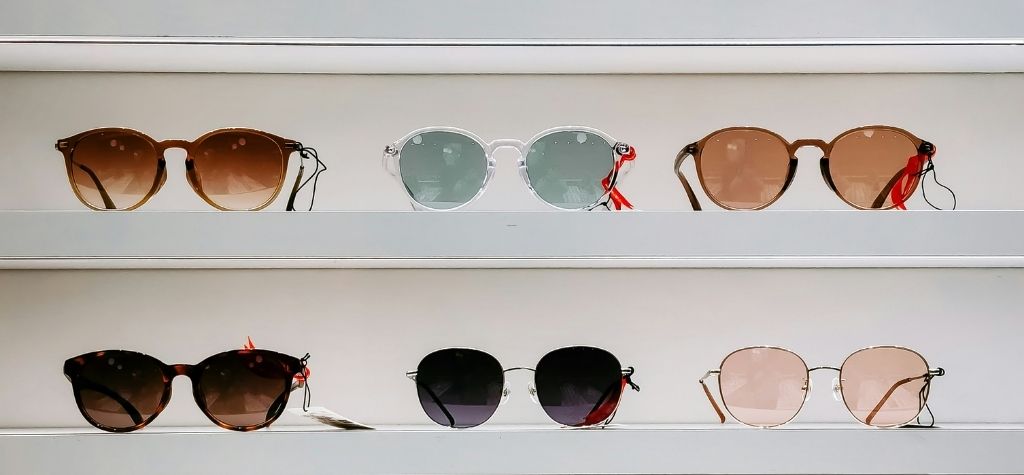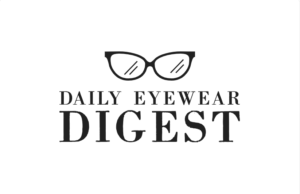In 2025, more people than ever are asking: Can transition lenses truly replace sunglasses? As eyewear technology advances, photochromic lenses—better known as transition lenses—have evolved dramatically. They now offer faster tinting, greater UV protection, and a stylish appeal, but are they enough to kick sunglasses to the curb?
Let’s explore the capabilities of modern transition lenses and whether they can stand up to the demands of real-world sun exposure, eye health, and fashion.
What Are Transition Lenses?

Definition and History of Photochromic Lenses
Transition lenses are specialized optical lenses that automatically darken when exposed to ultraviolet (UV) light and revert to clear in its absence. Initially introduced in the 1960s, early models were slow and lacked complete UV protection. However, the concept of one pair of glasses that functions both indoors and outdoors was revolutionary—and has steadily improved over decades.
How They Work: UV Reaction Explained
These lenses contain light-sensitive molecules that alter their structure when exposed to UV radiation. This causes the lens to darken outdoors and clear up indoors. Today’s advanced coatings and materials allow for faster, more accurate light responses.
Why Transition Lenses Became Popular
Everyday Convenience
The major advantage of transition lenses is their versatility. For someone moving between indoor environments and outdoor sunlight, they eliminate the need to carry two pairs of glasses. This makes them ideal for office-goers, parents, students, and anyone constantly on the go.
Stylish and Adaptable
Modern transition lenses come in various tints—gray, brown, even mirrored or green—and work with both prescription and non-prescription frames. This customization has helped boost their fashion appeal.
The Science Behind Transition Lenses in 2025
Faster Activation & Fading
Current models, such as Transitions® Signature GEN 8, activate in about 20 seconds and fade back to clear in under 60 seconds. This rapid transformation makes switching between light conditions more comfortable than ever before.
Enhanced UV & Blue Light Protection
These lenses block up to 100% UVA and UVB rays, shielding your eyes from long-term sun damage. Some also filter blue light from digital screens and the sun, which can cause eye fatigue, sleep issues, and even macular degeneration.
Smart Tint Technology
2025 has brought in AI-powered lenses that adjust tint levels not just based on light, but also ambient temperature and time of day, providing a more consistent experience even in challenging conditions like high altitudes or hot weather.
Transition Lenses vs Sunglasses: The Comparison

| Feature | Transition Lenses | Sunglasses |
|---|---|---|
| UV Protection | 100% UVA/UVB | 100% UVA/UVB (varies by brand) |
| Glare Reduction | Minimal, unless polarized | Excellent with polarized lenses |
| Reaction Time | 20-60 seconds (latest tech) | Immediate |
| Performance in Cars | Limited (most windshields block UV) | Excellent |
| Fashion Variety | Moderate | Extensive |
| Usage Versatility | All-day indoor and outdoor | Mainly outdoor-only |
Advantages of Transition Lenses in 2025
- One Pair for All Conditions: No more swapping glasses when you walk outside.
- Long-Term Cost Savings: Eliminate the need to buy a separate pair of prescription sunglasses.
- Lightweight Convenience: Perfect for travel, work, and daily routines.
- Improved Technology: Faster activation, better aesthetics, and health-focused coatings.
Limitations of Transition Lenses
- Performance Inside Vehicles: Car windshields often block UV rays, meaning your lenses may not darken enough while driving.
- Not Polarized by Default: Most transition lenses lack built-in polarization, making them less effective at reducing glare from water, snow, or roads.
- Extreme Sunlight Exposure: They may not darken sufficiently in very bright or reflective environments like beaches or ski resorts.
- Style Restrictions: While stylish, they don’t offer the same bold or designer-specific looks that many sunglasses provide.
Who Should Consider Transition Lenses?
- Office Workers & Daily Commuters: Great for people frequently moving between indoor and outdoor settings.
- Kids & Seniors: Reduces the hassle of keeping track of multiple pairs of glasses.
- Eyeglass Wearers with Active Lifestyles: Ideal for walking, running errands, or short outdoor tasks—not intense outdoor sports.
Sunglasses Superiority in Certain Scenarios
There are situations where traditional sunglasses still reign supreme:
- Driving: Polarized sunglasses provide unmatched glare reduction on the road.
- High-Glare Environments: Beaches, snowy slopes, and open water demand strong glare protection.
- Fashion Statements: For those who want oversized, mirrored, or bold sunglasses, transition lenses won’t quite hit the mark.
Latest Innovations in 2025 Transition Lenses

- AI Tint Control: Some premium lenses use microchips to respond not just to light, but to your personal preferences and typical environments.
- Thermochromic Blending: Lenses now react to both heat and light, ensuring better darkening even in hot sunny climates.
- Extended Color Options: From emerald green to gradient rose, fashion-forward tints are more accessible than ever.
Top Brands Offering Advanced Transition Lenses
- Transitions® by EssilorLuxottica: GEN 8 and XTRActive are industry leaders.
- ZEISS PhotoFusion X: Offers fast fading and stylish tints.
- Hoya Sensity 2: Known for durability and high UV protection.
- Kodak Transitions Lenses: Budget-friendly and effective for everyday use.
Customer Reviews and Market Trends
Transition lenses are receiving glowing reviews in 2025. Over 70% of users report improved convenience, comfort, and eye protection. The global photochromic eyewear market is forecasted to grow by 8.5% annually, as tech-savvy consumers adopt them more readily than ever before.
Transition Lenses and Eye Health
Beyond convenience, these lenses offer real health benefits:
- Protects from UV Damage: Helps prevent cataracts and macular degeneration.
- Blocks Harmful Blue Light: Reduces digital strain and long-term retinal harm.
- Encourages Consistent Use: Because they’re always on, they encourage regular eye protection—unlike sunglasses that you might forget.
Expert Opinions: Do Optometrists Recommend Them?

Many optometrists now routinely recommend transition lenses, especially for individuals with outdoor exposure but who may not consistently wear sunglasses. They also appreciate the added blue light filtering in newer models.
However, professionals caution that for driving, polarized sunglasses remain the gold standard for safety and comfort.
Frequently Asked Questions (FAQs)
1. Do transition lenses work inside cars?
They may darken slightly, but not fully—most car windshields block UV light, which is required for activation.
2. Can they replace sunglasses for driving?
Not entirely. For full glare protection and polarization, dedicated sunglasses are still better.
3. Are they suitable for beach or snow environments?
They help, but may not get dark enough in extremely bright or reflective conditions.
4. How long do transition lenses last?
With proper care, they last about 2-3 years before the photochromic molecules begin to degrade.
5. Are transition lenses polarized?
Most are not. However, some premium options may offer partial glare reduction.
6. Can you get transition lenses with a prescription?
Absolutely! Most optical retailers offer them with your exact vision correction needs.
Final Verdict: Can They Truly Replace Sunglasses?
Transition lenses in 2025 are incredibly advanced, convenient, and protective. They’re ideal for day-to-day use, indoor-to-outdoor transitions, and casual sun exposure. But they cannot fully replace polarized sunglasses in high-glare or fashion-intensive scenarios.
If you want one eyewear solution for most of your daily activities—transition lenses are a smart investment. But for long drives, beach trips, or skiing, keep a pair of trusty sunglasses handy.


Some truly choice posts on this website , saved to fav.